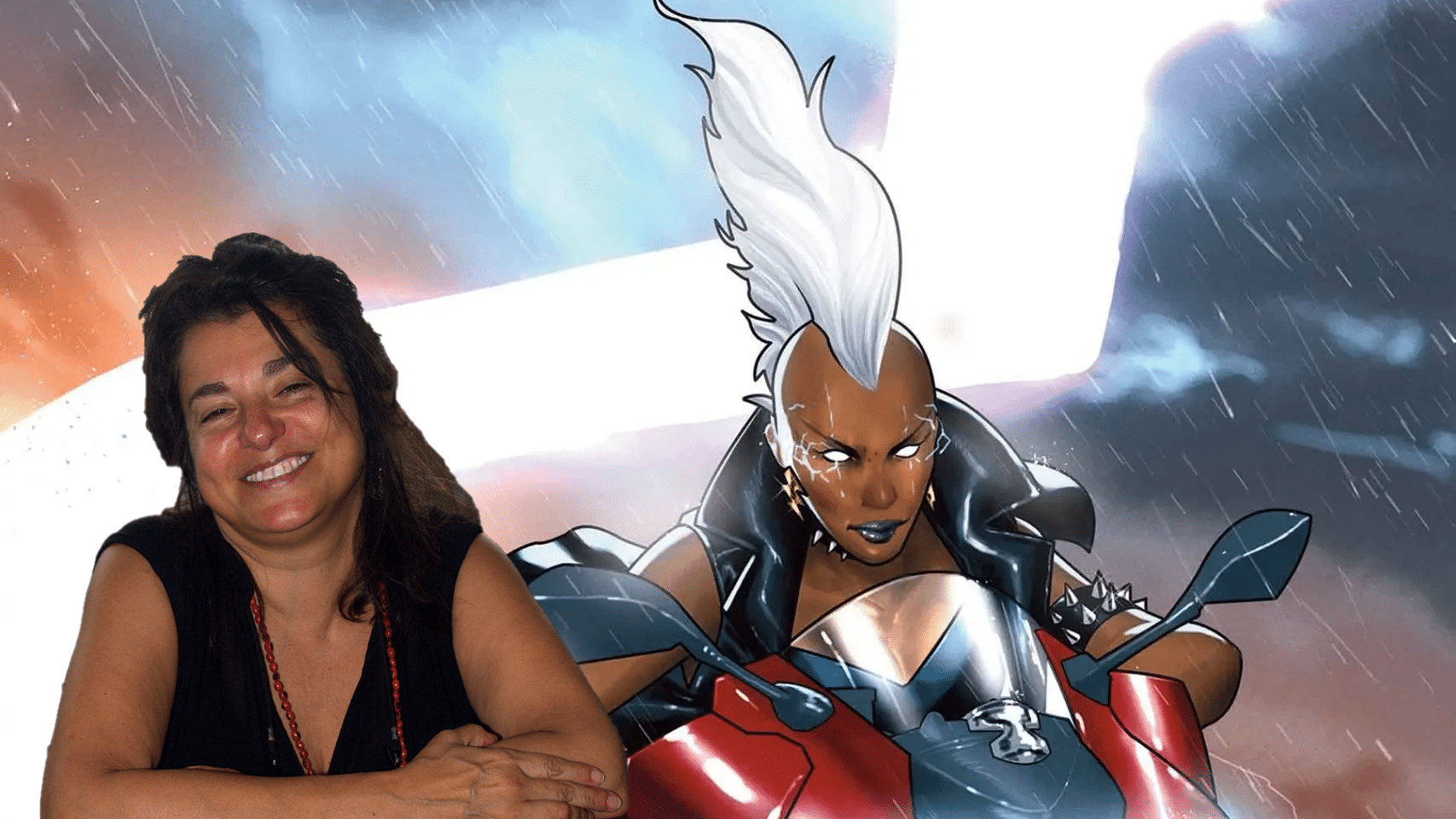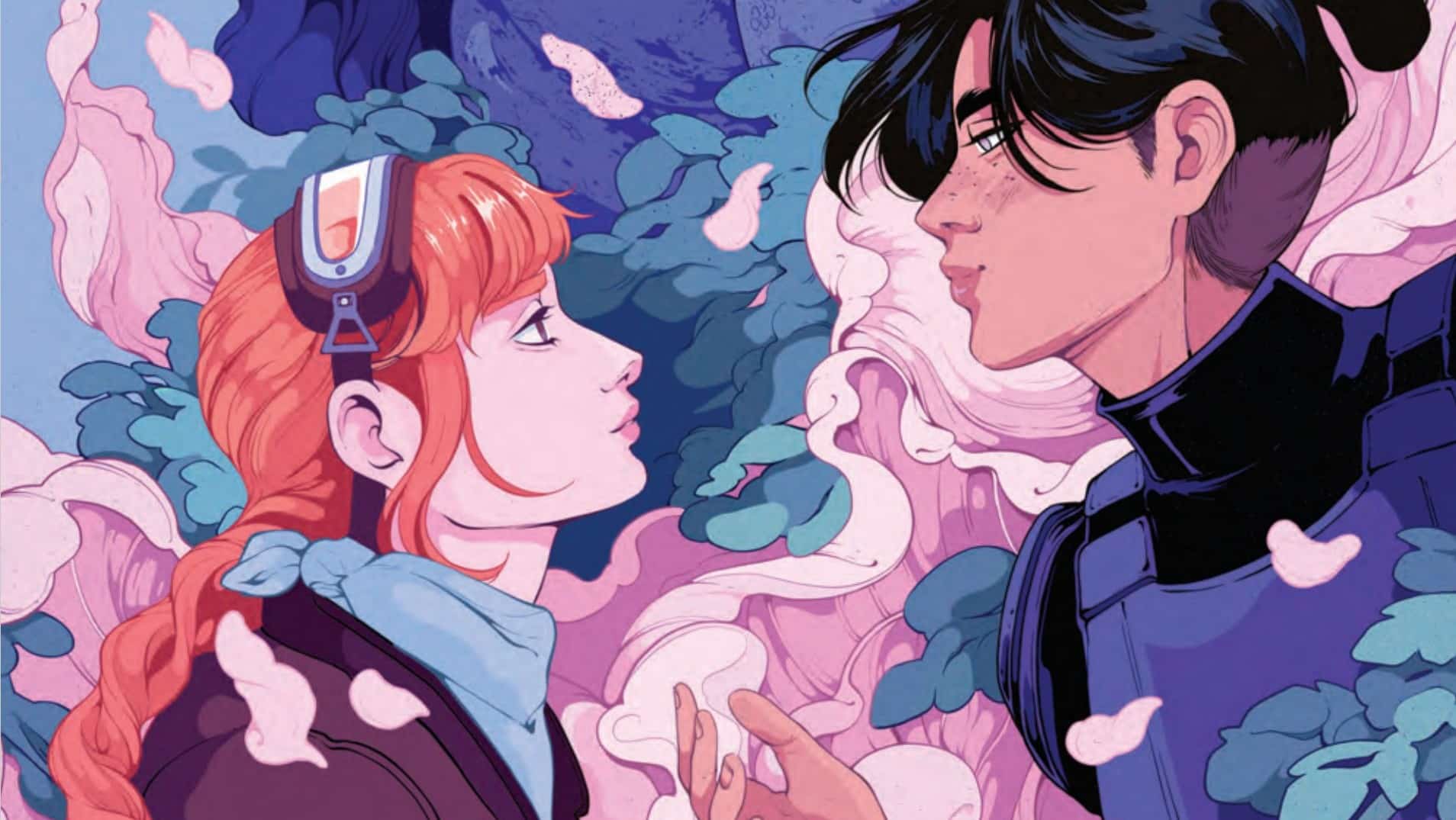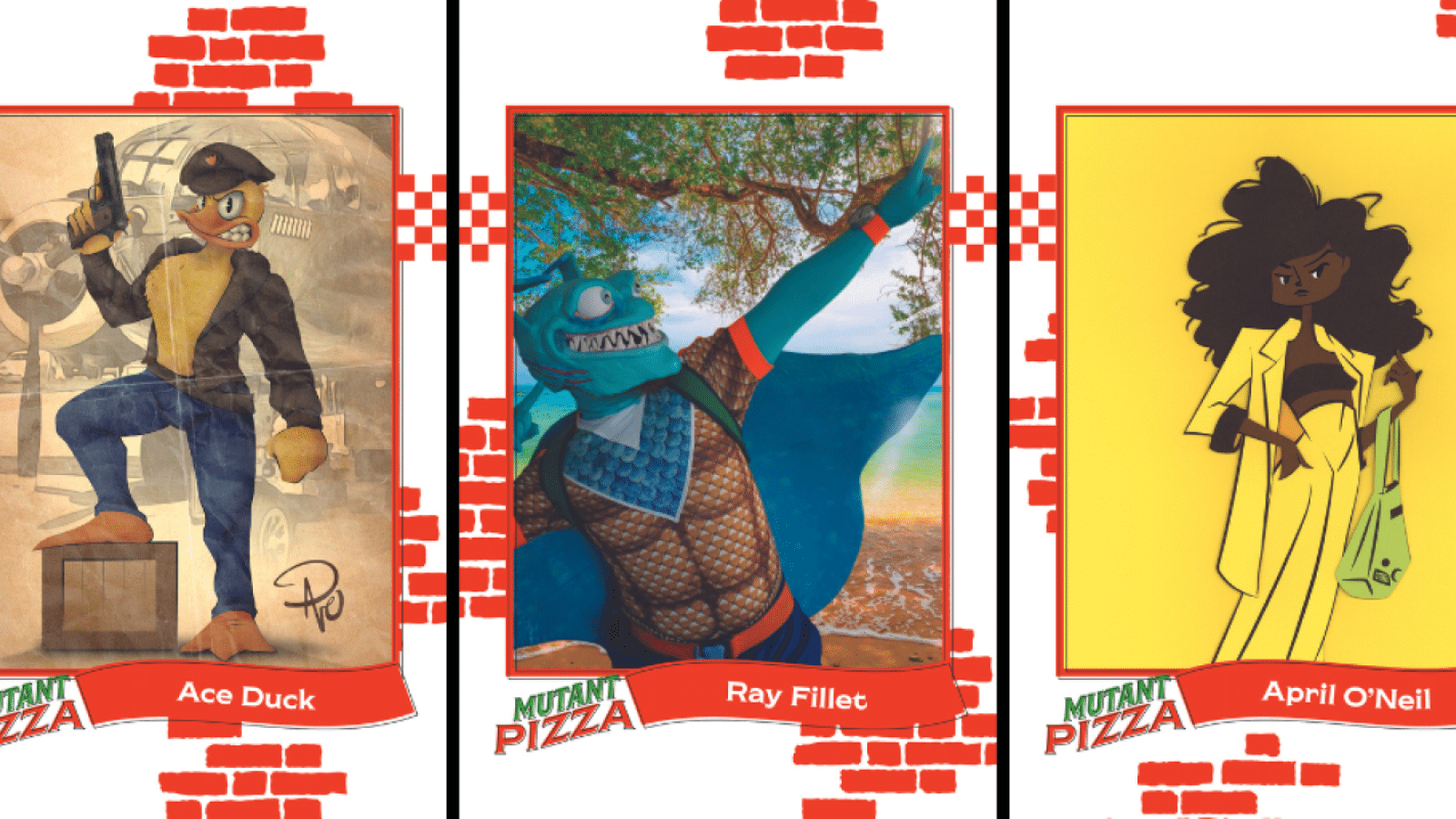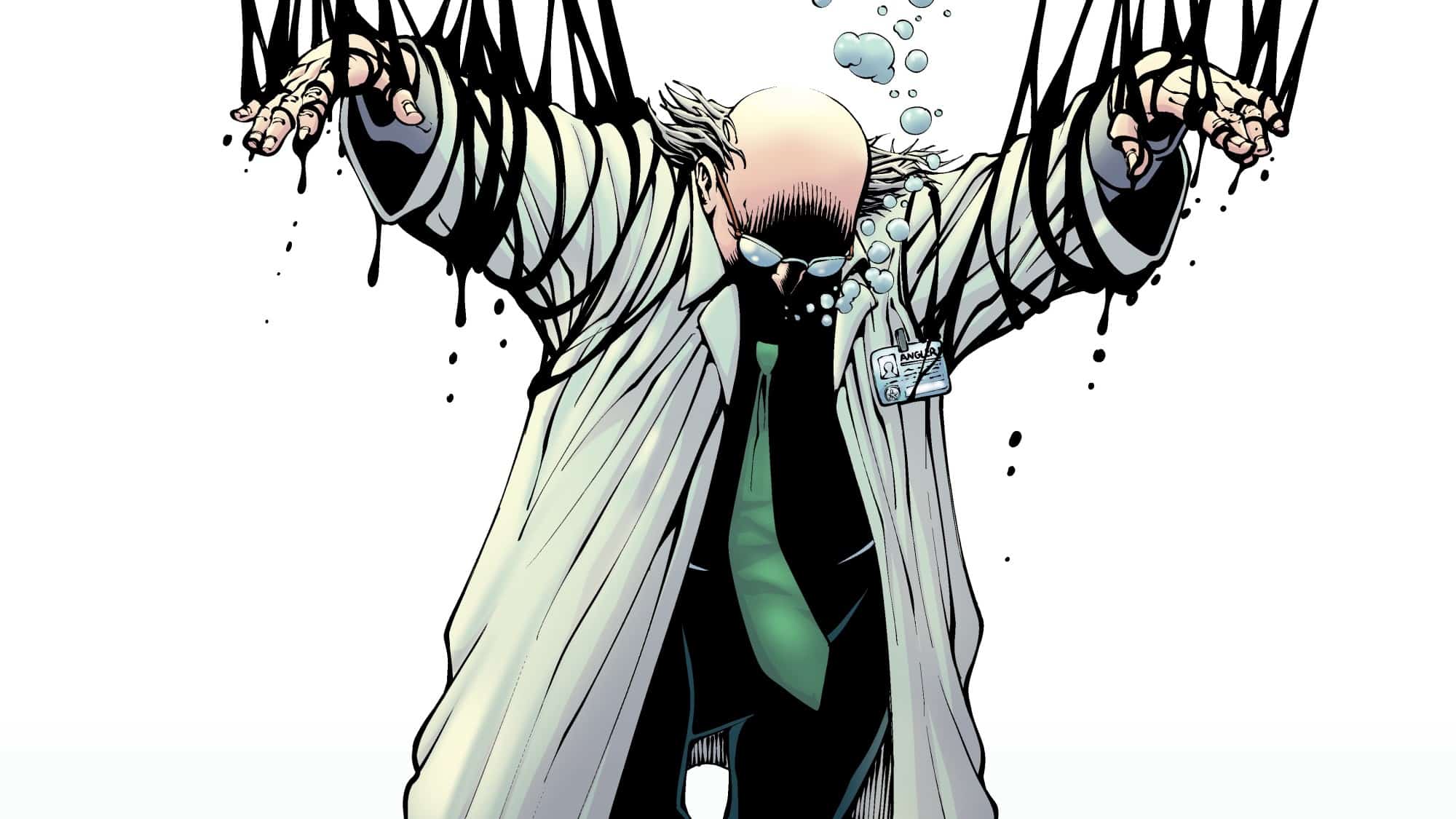X-Fans know Ann Nocenti as a legendary, generative editor during the 1980s, and as the writer who created Longshot, Spiral, Mojo and the Mojoverse. Daredevil fans will never forget her. She’s been mostly away from Big Two comics in recent days, but now she’s very much back, with a mini-series set in the past of the X-Men, all about punk Storm. And Rogue, and Logan, and of course Kate– back then she was Kitty– Pryde. In Storm #1 Ororo Munroe tries to control her team, and her image, and her temper: instead she loses control of her powers, and even her temper, on an ominously intriguing day at the beach….
We caught up with Nocenti just in time for that comic’s release, and despite her schedule she found time to answer our questions!
Stephanie Burt: The story takes place between Uncanny X-Men #180 (when Kitty first reacts against Storm’s new look) and Uncanny X-Men #185, when Storm gets de-powered by Forge’s neutralizer. What were the challenges, or the delights, of setting a story in that continuity space?
Nocenti: It all comes from Chris Claremont, for this story, and how rich his stories are. And in general, the idea of going back in time and opening up a little pocket of story that happened “between panels” or off-stage, is a fun assignment. I simply re-read Chris’s stories, which I hadn’t read since I worked on those stories as an assistant editor under Louise Simonson, in the X-Men office. My editors wanted “punk biker” Storm, so they sent me the first few issues of that arc. In reading them fresh, I found a couple things that intrigued me, things that I, from a reader and fan perspective, thought, “I want more!”
Kitty’s reaction to Storm’s surprise outfit change is such a spot-on perfect teenager reaction, and Storm’s reaction to her protégé’s anger was also perfect for someone about to step up to lead the X-Men. Suddenly, as the big boss, all her relationships shift. Storm needs to create more of a “remove” from Kitty. Then with Rogue, in those stories, Chris had decided to put an “enemy” into the mix of the X-Men, and it was another moment where I wanted more. So those two notions– how leadership changes relationships, and the triangle of Storm/Mystique/Rogue became the fun historical bits to play with. Then I layered the tale with a new main arc, which gives Storm a new romance exactly at the moment when her powers begin to mutate out of her control.
Burt: When I reread 1980s comics I sometimes remember the rule that every Marvel comic could be someone’s first– a rule modern comics sometimes overlook. Storm #1 takes care to explain what these characters can do, as comics should, Were you consciously writing for new readers as well as for readers who know Storm well? What would you say to readers just diving in?
Nocenti: I was trained as an editor/writer for Marvel in the 1980s, and that was the directive back then. And while I love the complex, free-wheeling nature of a multi-part epic where you kinda need to be “in the know” to understand all the richness and subtleties, I thought, for Storm to get a 5-issue arc that may draw in new readers, I’d better start with a basic, classic, opener–her new status quo as leader, and establish the team, their powers, her leadership style, and even let new readers in on how the mutant metaphor was played with back then. I had a bunch of different ideas for the opening, some much more spooky and cinematic, but decided to go with the one that would best ground the potential new readers.
Burt: Rogue and Kitty spent a lot of time on the team together, but never seemed especially close before. What’s special about their interaction here?
Nocenti: Kitty and Rogue share a sassiness that I relate to. When Kitty, in her anger at Storm, decides to start a little personal rebellion, for me, Rogue is the only one on the team that could match Kitty’s ornery willfulness. As soon as they became cohorts in mischief, their scenes became a joy to write.
Burt: Rogue speaks in classic Rogue-ese: “more full of mischief than a pawpaw on a porch.” Where did you find that expression? What’s it like writing her dialogue generally? Is it fun?
Nocenti: Honestly the phrase “pawpaw on a porch sit” just flew into my head. It’s so hot in the South, and I’ve spent many nights sitting on the porches of the south for the cool breeze, and always love the power of storytelling from friends that came out of that, lots of not really talking about what’s really going on, but talking in metaphor. So it felt like something Rogue would say, a pawpaw is a grandpa, and lots of mischief happens on hot nights on porch sits. I tried to channel my southern friends, and then I had one friend from Georgia, my pal Lauren, look over Rogue’s dialog, and she was like, “yup, I’d say that.” Anything she said “nah, wouldn’t say that” I cut. So yes, so much fun. It made me want to read a Rogue series by a real southern writer. Like, how would Tennessee Williams have written Rogue? I’d love for a female southern writer of today to write Rogue.
Burt: We see Storm as strategic team leader (much like Cyclops), but also Storm as self-searching adult who needs some time to herself, as nobody’s goddess and nobody’s surrogate mom. How do those roles interact? Can Storm be both?
Nocenti: Part of what I tried to explore in this series is all the many Storms — we play with her past as a thief, and that skillset comes into play, with how it felt for her to be worshipped as a goddess (both the good and the bad of that) with her sorceress ancestry, and of course her mastery over the elements. We were limited by the story being set in the 1980s, which in Marvel-time is only about 4 years ago, but I couldn’t include anything that happened after the story took place. We play a lot with how she juggles all those roles, and how she can inhabit them all. When I say “we” I mean me, Mark Basso and Drew Baumgartner, who are my terrific editors and shepherded all these ideas.
Burt: What’s it like writing a script for Sid Kotian? I noticed he took some liberties with costumes (especially Kitty’s and Rogue’s). Have you tried to write to his strengths?
Nocenti: There are two artists on the series, Sid Kotian for issues 1 and 2, and Geraldo Borges for issues 3,4 and 5, and both are wonderful. I tend to write 4-panel pages so that the artist can add panels and choreograph the story however they wish. The artist is an equal storyteller, and they also have to do all the acting! It’s a tough job, and Sid and Geraldo both bring great energy to the stories.
Stephanie Burt is Professor of English at Harvard. Her podcast about superhero role playing games is Team-Up Moves, with Fiona Hopkins; her latest book of poems is We Are Mermaids. Her nose still hurts from that thing with the gate.






